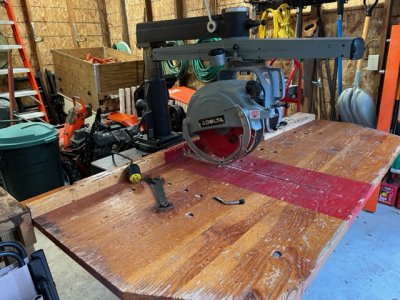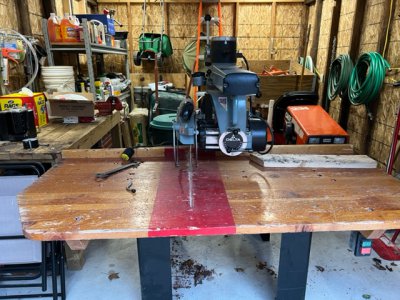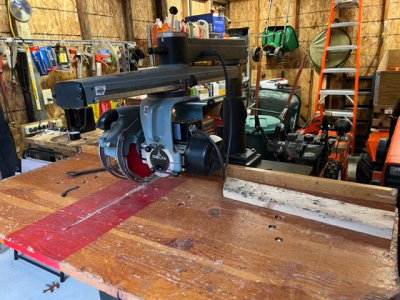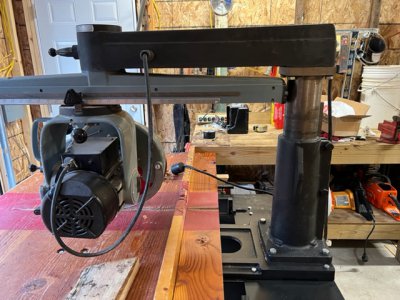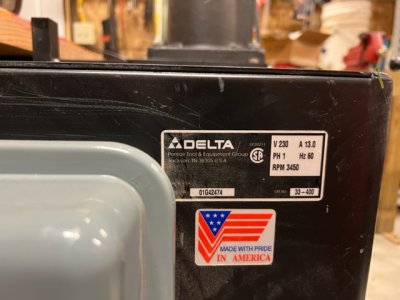- Joined
- Apr 14, 2014
- Messages
- 3,178
I stopped into one of my favorite used equipment dealers earlier today. As usual there were a number of things that caught my I, but one thing stood out from the crowd. It's a like new Delta 14" radial arm saw. It's a top-of-the-line machine, in pristine condition, and was just removed from the local high school. I was a bit surprised to see it had a 2 hp 220V single phase motor. Most other saws I've seen of this size are 3 phase.
Unfortunately, I didn't take any pictures, but I did find a photo of a similar machine online.
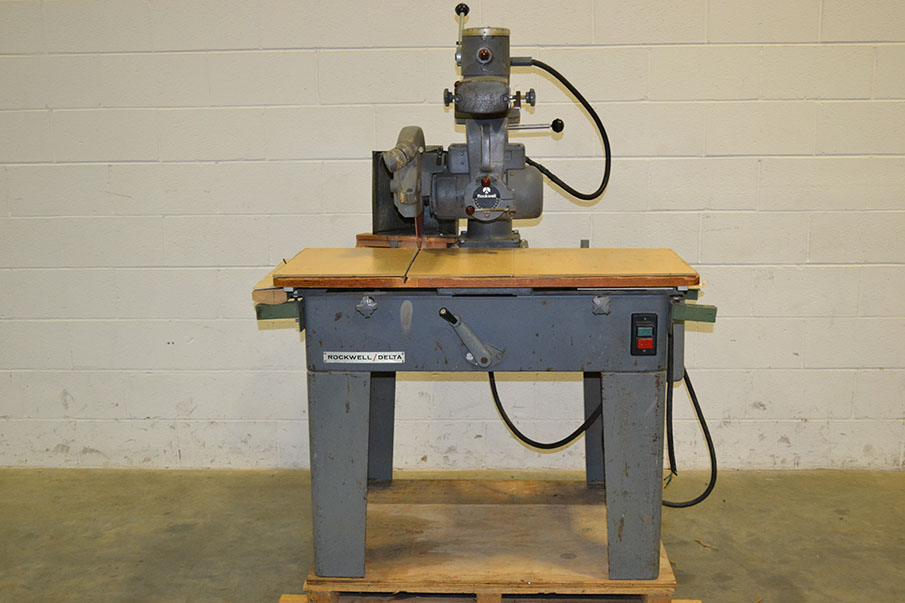
 theequipmenthub.com
theequipmenthub.com
I currently have an older Dewalt 10" radial arm saw. It's in excellent condition, but not nearly the caliber of the 14" Delta. I'm seriously thinking of upgrading from my current 10" Dewalt to the 14" Delta. Does anyone have experience with these saws, and if so, what are your opinions. I'd also like to know what you think it would be worth.
Thanks in advance.
Unfortunately, I didn't take any pictures, but I did find a photo of a similar machine online.

Rockwell / Delta 14-RAS 14″ Radial Arm Saw - The Equipment Hub
Visit here to learn more about this Rockwell / Delta 14-RAS 14″ Radial Arm Saw for sale. Contact us today for additional details.
I currently have an older Dewalt 10" radial arm saw. It's in excellent condition, but not nearly the caliber of the 14" Delta. I'm seriously thinking of upgrading from my current 10" Dewalt to the 14" Delta. Does anyone have experience with these saws, and if so, what are your opinions. I'd also like to know what you think it would be worth.
Thanks in advance.


